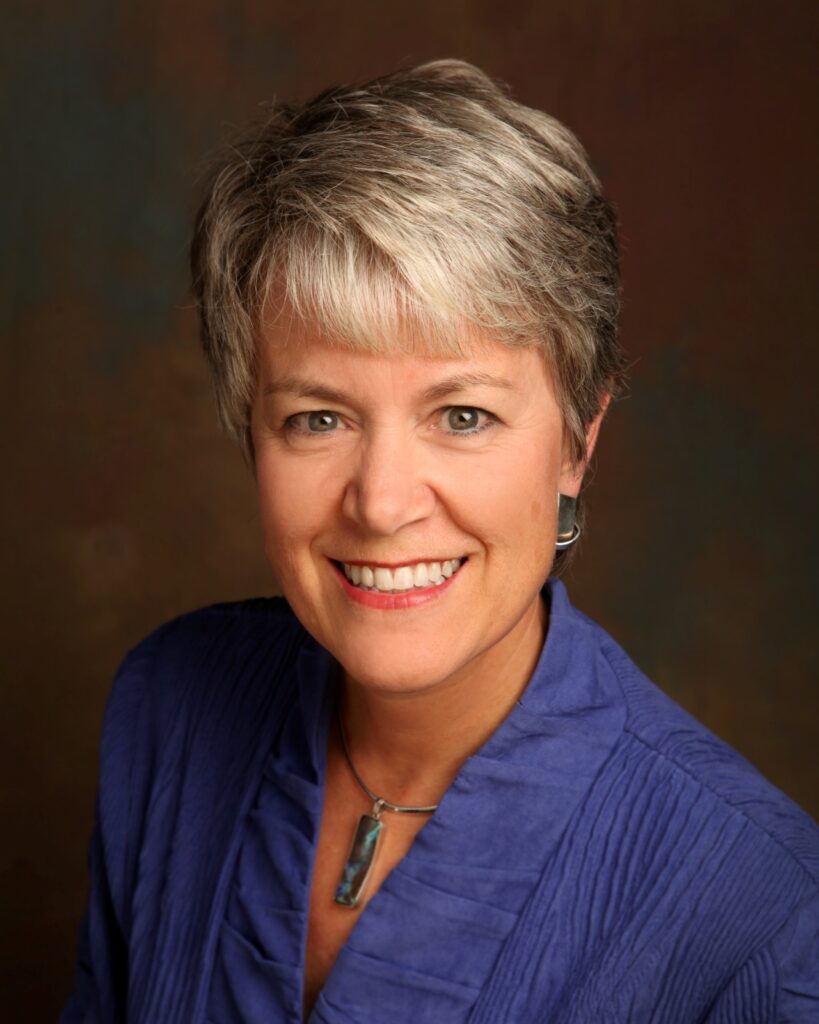Information For Audiologists and Hearing Health Professionals
I once was where you may be now: In October of 2008, not one venue in Oshkosh was equipped with a hearing loop. In the Fox Valley, only one place of Worship utilized a hearing loop which had been there for years. Today (early 2023), over 860 venues (including nearly 500 places of worship) all over Wisconsin have been looped. Thanks to the support of audiologists and hearing instrument specialists and consumers, loops are becoming the go to technology for assistive listening systems in the state. Please read an article in the May/June 2014 issue of Audiology Today titled “Roadmap to a Looped Community” (Published with permission from the American Academy of Audiology) Click here for the Roadmap article and an article by Drs. Susan Lopez and Mary Caccavo in Dec 2014 Audiology Practices Click here How to Loop Your Community .
Imagine, when you become a hearing loop advocating audiologist, you will not only be offering your clients the most personal hearing care and the most up to date hearing instrument technology, but you will also offer them a universal solution to connect directly to the audio from sound systems in the US and worldwide: from airports, movie theaters, convention and performing arts centers, and information booths to places of Worship. While using a hearing loop, your clients will, at times, be able to hear better and with greater clarity than some of the “normal hearing” people sitting beside them. Audiologists who work with clients who use hearing loops have been told many times: “I never thought that kind of hearing was again possible!” All that is needed are telecoil equipped hearing instruments. No pairing, no linking and no fuss.
Please read the info and explore links provided on this page. You are welcome to email me with questions. Do share your successes and feel free to ask me anything pertaining to looping. If I cannot help you I often know someone who can. I can be contacted via: Dr. Juliette Sterkens.
Have you been successful in getting a particular venue looped? Did you find a novel way to use a hearing loop? Share your ideas, your successes as well as the places where you have not been successful. We can learn from each other. With your permission, I will share your suggestions in my Loop Wisconsin Blog: www.loopwisconsin.wordpress.com
It is not difficult to become a hearing loop advocate. So often one hearing loop begets others. Start by looping your waiting room or a treatment room. Or both! The Contacta HLD7 is a great loop driver. It is supplied with 100 feet of wire or with a seat cushion and is available from most audiology supply companies. Installation rarely takes more than an hour or two.
How to get started
I started by educating my patients with simple handouts and demonstrations. If you are located in Wisconsin: Click here for an educational handout on hearing loops . For a generic handout which allows you to insert a copy of your business card click here. On the back of the handout you could copy a list of area hearing loop installations.
In the blank space in the lower left I hand-write the different settings programmed in the user’s hearing instruments. For example: 1 = Mic, 2=Restaurant, 3=M+T for in church. Open fit instruments I usually program T only. Some users prefer two T programs: One with environmental sounds on (the M+T setting) and one where the Mic sensitivity is turned down or completely off (T only). Consider programming an MT setting on spouse side during worship, and a T setting on the opposite side. Voice prompts and binaural synchronized hearing instruments are very helpful for most users. Do educate “techie” hearing aid users in the new apps that allow changing of the M/T mix on the fly.
Want to learn how to verify and validate the telecoil setting in the hearing aids you fit? May I suggest a 1-hour CEU class on AudiologyOnline? See Telecoils and Hearing Loops: Important to Client Satisfaction. Own AudioScan Verifit Real-Ear measurement equipment and would like to learn how to verify telecoils in hearing aids? Download a handout on using your Verifit to program telecoil settings and give your clients an great experience in hearing loops: Verifit handout.
The UniVox DLS 50 or the Contacta HLD7 is easily installed by a handy family member. Chair loop systems are even easier to install. For portable lavalier neck loop systems I have recommended the WillamsSound TV talker or the Sennheiser 840S.
Several YouTube videos demonstrate the effect a hearing loop has on the clarity of sound in a reverberant house of Worship or noisy subway environment. I show these videos to clients and family members: demo in church, Click demo at subway information booth and Click The hands-up, loop-using response of Hearing Loss Association of America 2012 conventional attendees.
How to inform your community
I gave many public presentations to community groups such as Rotary, Kiwanis, Lions, retirement communities, Knights of Columbus clubs, churches, and HLAA groups.
Once you get started you will see many opportunities to improve hearing access for your clients. It is easy to advocate at public meetings for installation of loops in buildings under construction or in the planning. I have given workshops to ministers, DVR counselors, deaf and hard of hearing parent groups, cochlear implant users, and local HLAA groups. If your community has an active Sertoma Group reach out to them as they too support the looping of America. Read more about a Sertoma effort in Madison Wisconsin on page 5 of Sertoman. Sertoma members will be very happy if you offer your support in their effort to bring hearing loops to America.
I offer reprints of the July 2010 Technology for Worship Magazine article on loops. Click here for a copy. Many clients have taken this article by David Myers to their church council or minister with positive effect.
Make your community more age friendly by improving hearing accessibility
Why not start a state wide or city wide hearing loop initiative? Several communities are doing this with support of involved audiologists or hearing care providers. Potential committee members can be found among community foundation directors, County Council on Aging members, interested clients, librarians, HLAA members and local audio engineers. Offer a local audio installation company an article published in Sound and Communications, a well known Audio Industry trade magazine.
For a handout on how to procure a hearing loop for a facility Click here.
Professional Share the Gift of Hearing Card or generic advocacy cards (available here) are another way to help get the word out in a community. Many of my clients tooke great delight in dropping these cards in local places and were taken all over the country. Movie theaters, performing art centers, funeral home chapels, places of Worship, and large meeting places previously avoided due to poor acoustics have been notified this way of the need for assistive listening technology.
Join HLAA’s Get In The Hearing Loop (GITHL) discussion group:
Articles and Links on Hearing loops
If you want all of your patients to love you, Linda Remensnyder, AuD in Libertyville, IL has said you just have to do one thing: start fostering hearing loops in your community. Audiologist Dr. Remensnyder and my articles on fostering loops in the community ADA- here and here. Dr. Remensnyder has put more than 50 loops in churches and other venues. She wrote an informative article in the December 2011 ADA Audiology Practices about hearing loops.
• Invigorate your Practice with Hearing Loops: a How-To Guide for the Practioner.
• Get Your Practice and Patients in the Loop: Telecoil and Hearing Loop Essentials for Practitioners.
• A link to a blogs by Aaron Jones from Unitron and Dr. AU Bankaitis “How to bring hearing loops to your community”
• Gus Mueller, PHD 20Q Audiology Online Click here
• Website of the International Hearing Loop Manufacturers Association here
• David Myers’ website for up to date articles Click here
• Article that highlights the benefits of loops for hearing aid users in TV rooms by audiologist Dr. Bill Diles: Click here
• Letter to the editor of the Hearing Journal: Click here
• Audiology Today article by Pat Kricos, PhD: Click here
• For an an example of a webpage on looping for audiologists in private practice see: www.lafayettehearingcenter.com/hearing-loop-systems
• For a discussion on Hearing Health Matters on finding a new Wireless Standard here.
• New York Times Front Page article “A Hearing Aid That Cuts Out All Clatter” read here
• NPR “All Things Considered” Radio story: With The Flick Of A Switch, It’s Crystal Clear To Hear. Listen to the broadcast
• Wall Street Journal August 27, 2015 A Technological Godsend to Counter Hearing Loss
Would you like personalized help in looping your community? Contact me. Here is how:
living in America.
with hearing loss.








